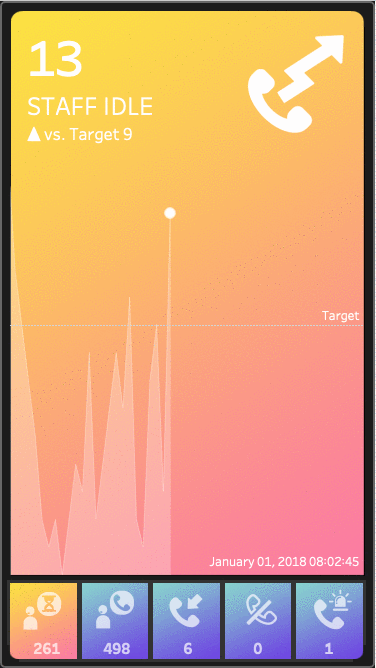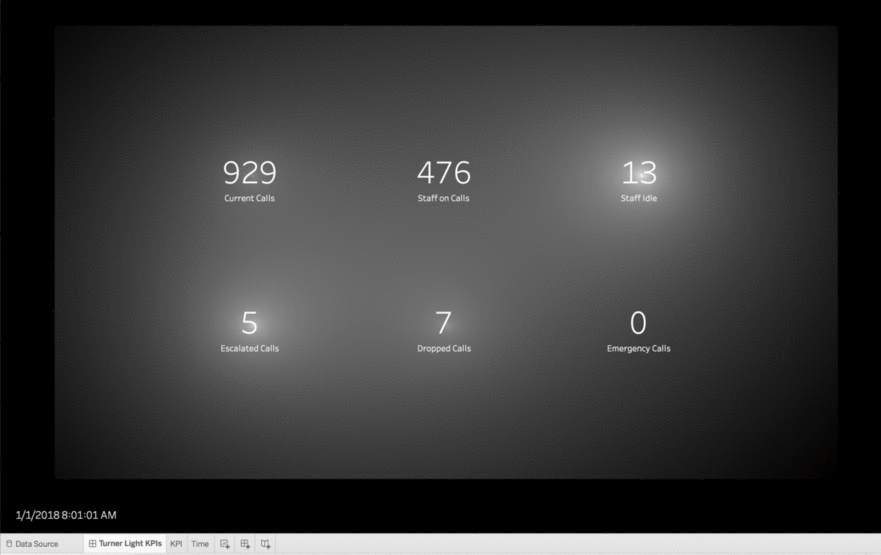Anya must have pinged me 10 times over the course of the last week asking me questions about rendering 3d cars in Tableau. I figured it must have something to do with curing malaria. My reply was a bit ironic given the fact that I’ve done my own 3d car. I did it for fun though… I don’t like being told I can’t do stuff. it just doesn’t work as part of a production workbook. Well… from a performance standpoint maybe we will get there soon. But for now my suggestion was to pick a good angle and then drive a steamroller over it and just make it into polygons. I really should have seen the next question coming, but she asked how to do that. I was stumped. My best idea was, hire a graphic artist to trace it for you…
Last night she told me she solved it using QGIS… mind explosion! Of course! Why not use mapping software for this? Geography isn’t the only thing spatial. Why shouldn’t you use QGIS to map your car, your plane, the shelves of your supermarket, what have you. I always thought background images were misplaced in Tableau, I wonder if this is what they were thinking when they put it under maps. Latitude and Longitude are just a special name for x and y (or is it the other way around?). Why not hijack Tableau’s mapping capabilities and import your polygons as custom shapes?
I’ve gone to great lengths to hack multiple layers onto maps, so I was excited to hear multi-layered maps will be coming to Tableau, but this opens the door to hacking that feature into all sorts of things. Someone once told me that everything in Tableau is a scatterplot but I’m starting to think maybe everything should be a map. Oh… I am going to crash that Beta so hard!
Read More




















